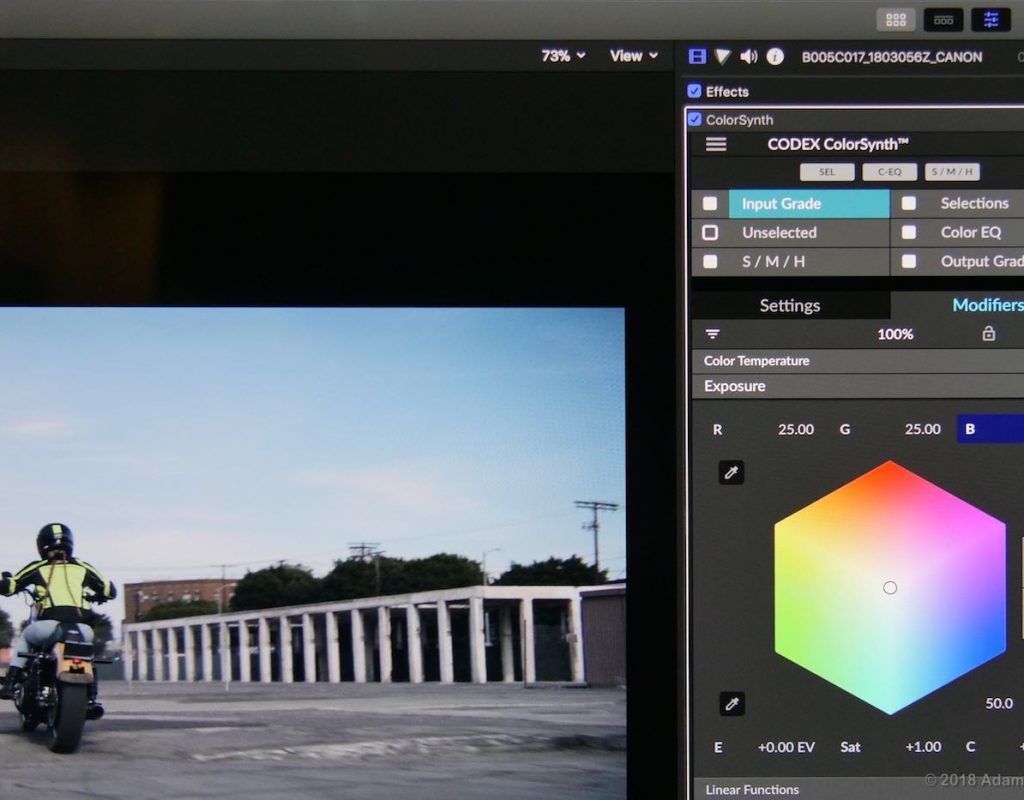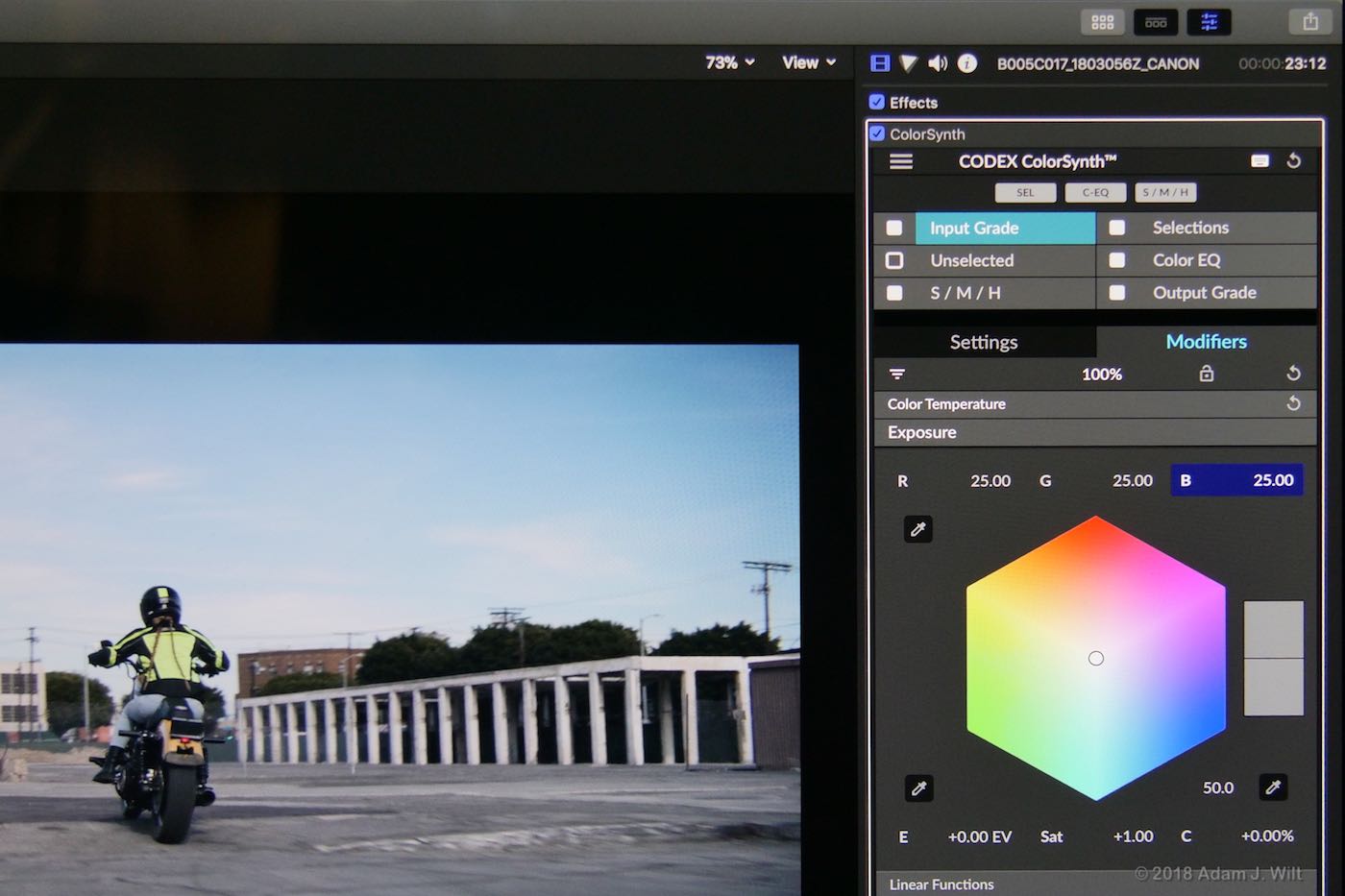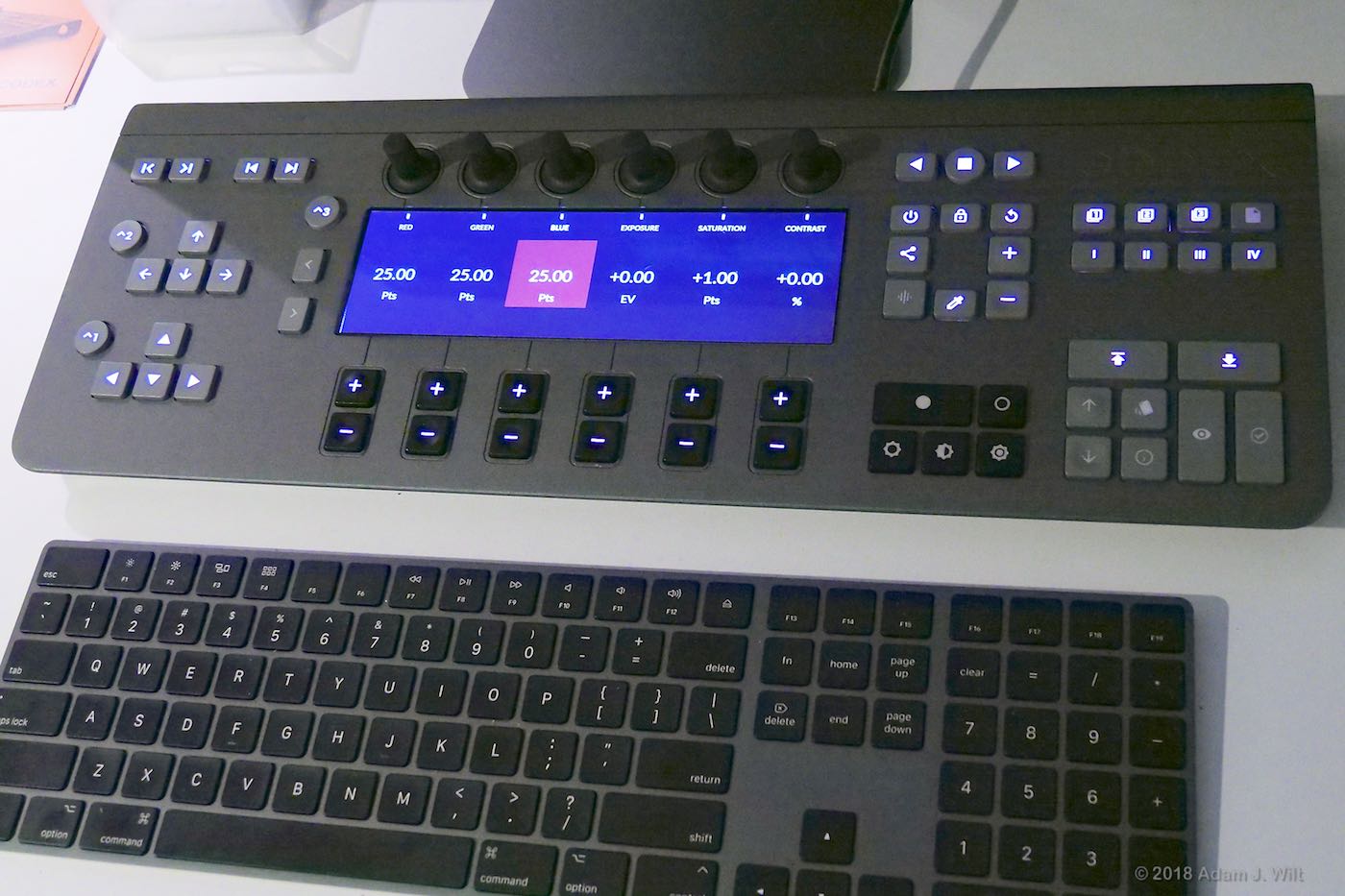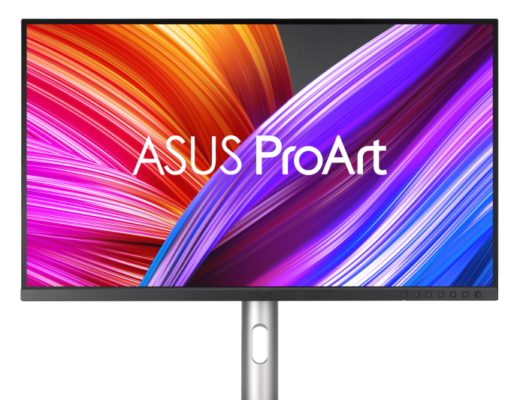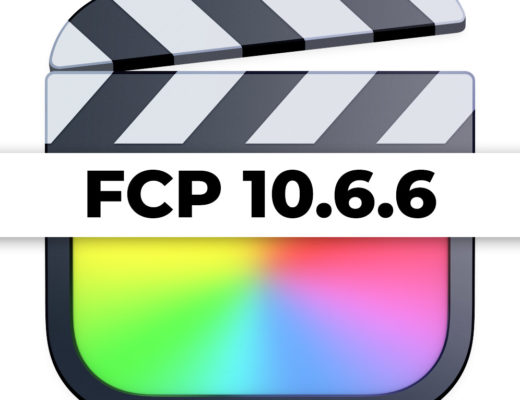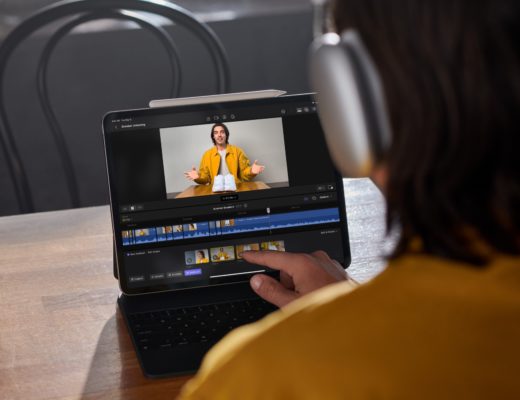Codex Digital has long been known for elegant and robust on-camera recorders, rack-mounted Vault recorders, and the Codex Production Suite for on-set digital dailies and archiving. Yet I wasn’t sure what to expect when I ventured into the back room of Codex’s hospitality suite on the 7th floor of the Renaissance hotel. All I knew was that there was something called “ColorSynth” and it worked with Final Cut Pro X.
ColorSynth turns out to be an ambitious color-grading plugin for FCPX, currently in the late stages of development and due for release later this spring. My demo guide, Application Specialist Ali Nicholls, characterized it as Codex’s first move beyond the camera and the DIT cart. While it’s being built for FCPX initially, Codex intends to expand it to other platforms such as Adobe Premiere Pro.
ColorSynth
ColorSynth works entirely within the FCPX UI. It presents a layered approach to grading, with (at present) six separate panels for Input Grade, Selections, Unselected areas, Color EQ, Shadows / Midtones / Highlights corrections, and the final Output Grade. The controls presented vary depending on the layer and its submenus, and they appear quite comprehensive.
Some things, like LUTs and shapes / power windows, aren’t implemented yet, but are expected to be in the initial shipping version or in an update shortly thereafter. Every time I asked Ali, “How do you…”, he was either able to show me directly, or assured me that whatever I asked about was in fact anticipated and would be implemented soon.
One delightful aspect is that ColorSynth has a two-up display mode allowing comparison of the current clip with another one. Those of us pining for FCP Classic’s Frame Viewer with its 2nd Edit Back / Prev Edit / Next Edit / 2nd Edit Forward choices may finally find succor.

Ali pointed out that while much of the ColorSynth UI presents values as HSL (hue, saturation, lightness), the underlying math uses a different color space much less subject to unwanted color distortions and “patchiness” when colors are close to the qualification (color selection) boundaries. This unique color space or color transform is the “secret sauce” in ColorSynth; I was under the impression that if he revealed any more technical details that I would not be permitted to leave the demo room… ever. For what it’s worth, he performed several color-specific fixes on a scene, and borderline colors did indeed stay clean and quiescent without the additional fiddling I’d normally expect to do with other tools.
Codex Keys
While ColorSynth can be driven entirely with mouse and keyboard, what grading system isn’t improved with a proper control surface?
Codex Keys is ColorSynth’s hardware companion, sporting six rotary pots and +/- keysets around a color readout, plus multiple transport, navigation, and control key groups with three shift-key modifiers. There are no trackballs or rings; the focus seems to be on printer lights (!) more than color wheels. While this might seem an odd decision, the Codex folks are no dummies: I’ve found their other tools to be highly usable despite a definite “think different” flavor. We’ll just have to wait and see how Keys and ColorSynth work together once the products are released.
Cost?
ColorSynth alone will be $300; Keys is $1500. Release is expected later this spring. You can sign up for notifications on the ColorSynth website.
Disclosure: I’ve used Codex recorders on a couple of gigs and I’ve attended a few demos. That aside, there’s no relationship between me and Codex, nor has Codex offered me any compensation or special treatment for this writeup.

Filmtools
Filmmakers go-to destination for pre-production, production & post production equipment!
Shop Now